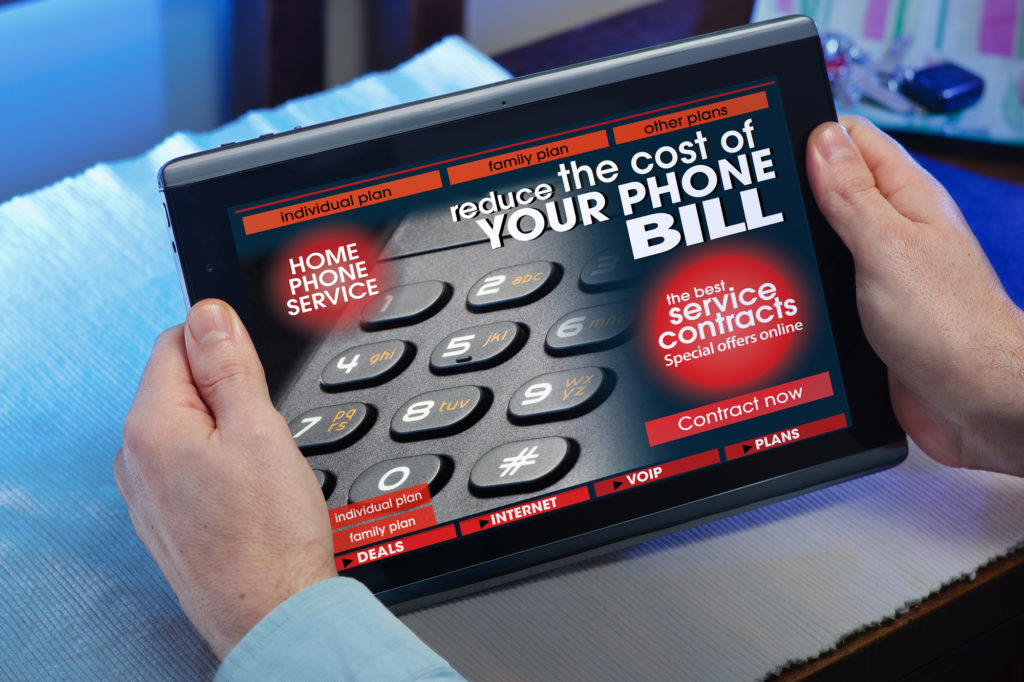(248) 522-2577
NETWORK CABLING BUSINESS PHONE SYSTEMS FARMINGTON HILLS

Considerations:
- Distance: The performance of all three cables can degrade over longer distances, with Cat 6A having an edge in maintaining signal integrity.
- Cost: Cat 5e is the most cost-effective, while Cat 6 and Cat 6A tend to be more expensive due to their enhanced performance.
- Future-Proofing: Cat 6 and Cat 6A are better choices for future-proofing, especially if your network demands are expected to increase.
The choice between Cat 5e, Cat 6, and Cat 6A depends on your specific networking requirements and budget. Cat 5e suffices for basic needs, while Cat 6 and Cat 6A offer higher performance for more demanding applications. If you anticipate future growth in your network demands, investing in Cat 6 or Cat 6A may be a prudent choice.
Network Cabling, Install, Repair, & Maintenance, Service Farmington Hills
At Farmington Hills Business Phone Systems, our steadfast dedication to exceeding client expectations is evident in our tailor-made solutions intricately designed to suit the distinctive requirements of your business. We prioritize the implementation of rigorous safety protocols during installations, ensuring a secure and smooth setup for your communication systems. Supported by adept project management, we foster close collaboration, utilizing our expertise to deliver communication systems of exceptional quality that propel your business towards unparalleled success. Take the first step today and embark on a transformative journey towards advanced communication solutions, thoughtfully crafted to elevate your business to new heights of excellence. Our commitment to excellence ensures that every facet of your communication infrastructure aligns seamlessly with your business objectives, fostering efficiency and innovation.
Cat 5e vs. Cat 6 vs. Cat 6A - which one do I need?
When considering Ethernet cables for networking, Cat 5e, Cat 6, and Cat 6A are common choices, each with distinct features suited for different applications.
Cat 5e (Category 5e):
- Speed and Bandwidth: Cat 5e supports speeds up to 1 Gbps and a bandwidth of 100 MHz.
- Common Use: Widely used for basic networking needs in home and small business environments.
- Advantages: Cost-effective, suitable for many applications with moderate data transfer requirements.
Cat 6 (Category 6):
- Speed and Bandwidth: Cat 6 supports speeds up to 10 Gbps and a bandwidth of 250 MHz.
- Common Use: Ideal for larger networks and high-performance applications in commercial settings.
- Advantages: Better performance than Cat 5e, making it suitable for data-intensive tasks like HD video streaming and large file transfers.
Cat 6A (Category 6A):
- Speed and Bandwidth: Cat 6A supports speeds up to 10 Gbps, like Cat 6, but operates at a higher bandwidth of 500 MHz.
- Common Use: Designed for applications requiring higher bandwidth and data transmission, including data centers and enterprise networks.
- Advantages: Enhanced performance and reduced signal degradation, especially over longer cable runs. Suitable for future-proofing networks.